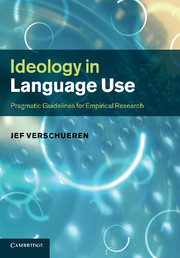Conclusion
Published online by Cambridge University Press: 05 January 2012
Summary
If anything is clear from the cursory look at our sample data, which may be subject to further systematic scrutiny by users of this book, it is the patriotic stance taken by both Lavisse and the British sources. This stance did not leave room for fundamental criticism of colonization and its related practices. Specific actions and events were criticized implicitly or explicitly. Thus there is Lavisse’s largely implicit critique of the behavior of the Spanish and the British; the French are criticized only for not having their heart in the enterprise of colonization at major moments in history. In the British sources, Dalhousie is presented as daring, but a bit careless in his reforms and annexations; some commanders are presented as insufficiently alert; and others are criticized for their understandable, yet overly pitiless, role in the suppression of the Indian Mutiny. None of this, however, can shake the foundations.
Texts for analysis rarely stand by themselves. Our corpus represents a type of discourse that partly reflects and partly tries to guide what can be assumed to be the dominant mainstream views of the day. It would not be surprising, then, to find reflections of the same views in other contemporary types of discourse. Interesting comparative data could be found in newspaper reports at the turn of the nineteenth into the twentieth century; perhaps more interesting still in political discourse, as we may assume that in the context of a democratic parliamentary system the opposing voices – which were definitely there – could also find expression. A somewhat charming, though at the same time discomforting, observation is the completely coherent faithfulness with which the patriotic stance of our history textbooks can be found in children’s books. The British example par excellence is Mary Frances Ames’ (1899) An ABC for Baby Patriots (with ‘Mrs. Ernest Ames’, after her husband, as author name on the publication) (Figure 3).
Information
- Type
- Chapter
- Information
- Ideology in Language UsePragmatic Guidelines for Empirical Research, pp. 194 - 199Publisher: Cambridge University PressPrint publication year: 2011
